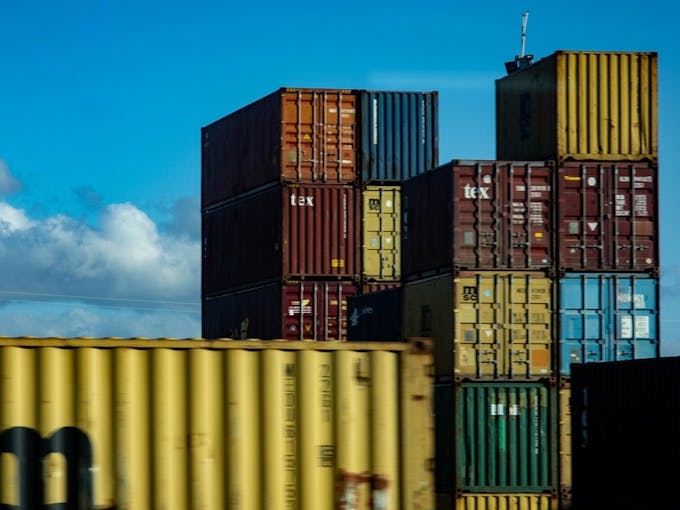Understanding Product Carbon Footprint (PCF) Analysis
A Product Carbon Footprint measures the total greenhouse gas (GHG) emissions produced throughout a product's lifecycle—from raw material extraction and manufacturing to distribution, usage, and disposal. Analyzing PCFs provides insights into emission hotspots within the supply chain, enabling businesses to make informed decisions to reduce their environmental impact.
Benefits of PCF Analysis in Supply Chain Efficiency
- Identification of Emission Hotspots
PCF analysis helps pinpoint stages in the supply chain that contribute the most to carbon emissions. By focusing on these areas, companies can implement targeted strategies to reduce emissions and improve efficiency. - Cost Reduction
Reducing carbon emissions often aligns with cost-saving measures. For example, optimizing transportation routes to lower emissions can also decrease fuel expenses. - Regulatory Compliance
Governments and international bodies are increasingly enforcing regulations that require businesses to monitor and report their carbon emissions. PCF analysis ensures compliance with these regulations, avoiding potential fines and enhancing corporate reputation. - Enhanced Supplier Collaboration
Engaging suppliers in PCF analysis fosters collaboration and encourages the adoption of sustainable practices across the supply chain. This collective effort can lead to more efficient operations and a reduced overall carbon footprint.
Implementing PCF Analysis in Supply Chain Management
To effectively integrate PCF analysis into supply chain management, consider the following steps:
- Data Collection
Gather accurate data on energy consumption, material usage, transportation, and other relevant factors from all stages of the product lifecycle. - Utilize Advanced Tools
Employ specialized software solutions, such as Carbmee’s Environmental Intelligence System (EIS™), to automate data collection and analysis. EIS™ provides real-time insights into supply chain emissions, facilitating informed decision-making. - Engage Stakeholders
Collaborate with suppliers, manufacturers, and logistics partners to share data and implement emission reduction strategies. Transparent communication and joint initiatives can lead to significant improvements in supply chain efficiency. - Continuous Monitoring and Improvement
Regularly monitor the supply chain's carbon footprint and assess the effectiveness of implemented strategies. Continuous improvement ensures sustained efficiency and compliance with evolving regulations.
Case Study: Automotive Supplier Gains Total Carbon Transparency with Carbmee EIS™
An automotive supplier utilized Carbmee’s EIS™ to calculate the carbon footprint of over 25,000 purchased goods from more than 10,000 suppliers. This comprehensive analysis enabled the company to identify emission hotspots and implement targeted reduction strategies, leading to enhanced supply chain efficiency and sustainability.
Conclusion
Integrating Product Carbon Footprint analysis into supply chain management is a strategic approach to enhancing efficiency, reducing costs, and meeting sustainability goals. By leveraging advanced tools like Carbmee’s EIS™ and fostering collaboration among stakeholders, businesses can achieve a more sustainable and efficient supply chain.
For a comprehensive understanding of PCFs and their significance, explore our comprehensive guide on Understanding Product Carbon Footprint (PCF)
![[object Object]](https://images.prismic.io/carbmee/aBtCBSdWJ-7kRtC-_PCF.png?auto=format,compress)



